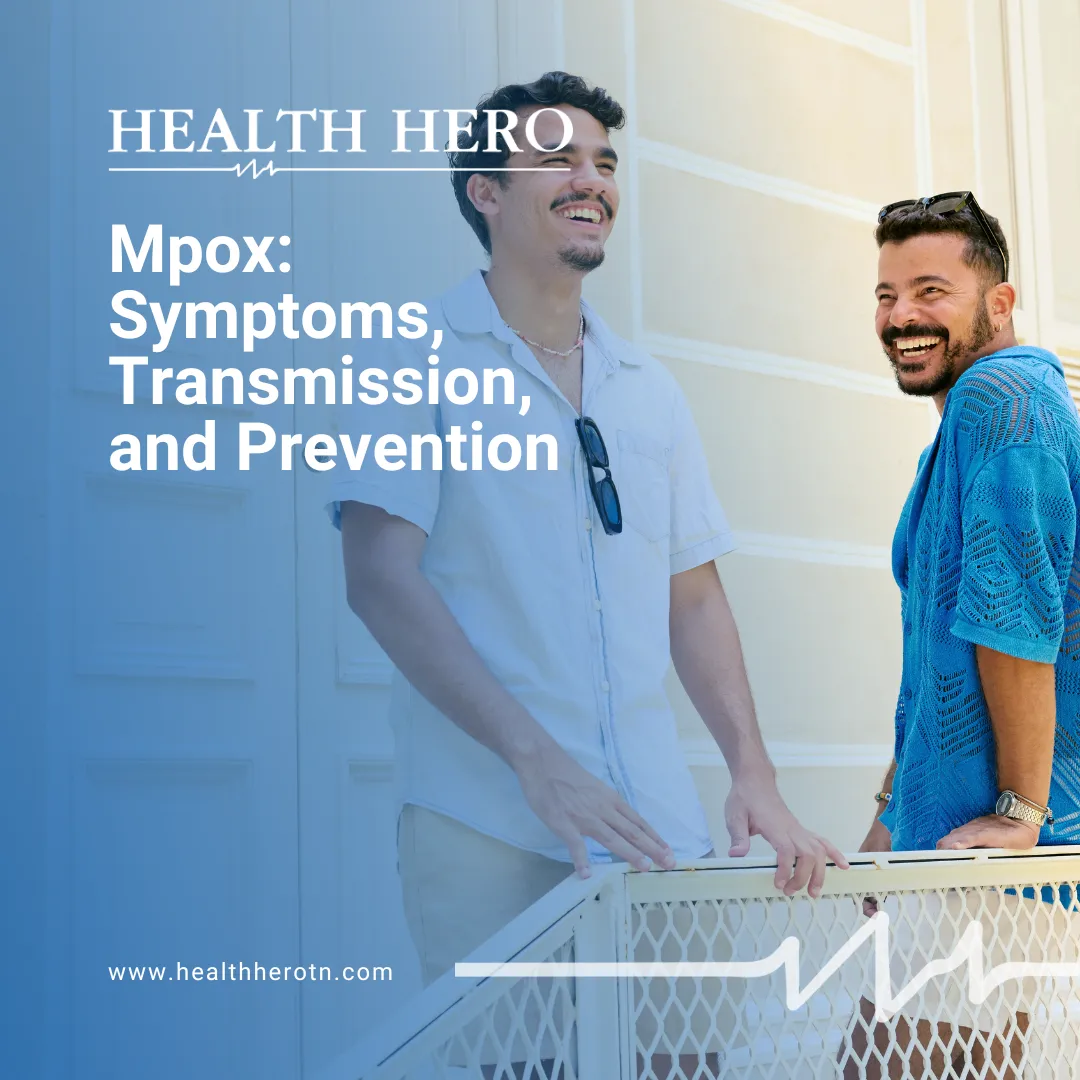In recent years, Mpox, formerly known as Monkeypox, has seen a concerning rise in the United States. Health officials have warned about its potential to cause outbreaks and its similarities to smallpox.
According to the Centers for Disease Control and Prevention case count map, over 32,000 cases of Mpox were discovered in the U.S. in 2022, and over 400 of those were in Tennessee. Although most of these cases have subsided, experts advise that the virus still threatens high-risk individuals.
What is Mpox or Monkeypox?
Mpox, or Monkeypox, is a viral disease belonging to the Orthopoxvirus genus, which also includes the variola virus, the causative agent of smallpox. The disease was first identified in 1958 in laboratory monkeys, but it was later found to infect rodents. Human cases of Monkeypox were initially identified in 1970 in the Democratic Republic of the Congo (DRC). Since then, outbreaks have occurred sporadically in Central and West African countries.
Symptoms of Mpox
The symptoms of Monkeypox are similar to those of smallpox, albeit generally less severe. They typically appear within 5 to 21 days after exposure to the virus and can include:
● Fever
● Headache
● Muscle aches
● Backache
● Swollen lymph nodes
● Chills
● Exhaustion
A rash often follows, spreading on the face to other body parts. The rash evolves from raised bumps to fluid-filled vesicles, eventually crusting over and scabs. In severe cases, complications such as pneumonia can arise, particularly in individuals with weakened immune systems.
How Mpox Spreads
Mpox primarily spreads through contact with infected animals (such as rodents) or bodily fluids. Human-to-human transmission can occur through close contact with respiratory secretions, lesions, or contaminated objects such as bedding or clothing. The risk of transmission is highest during the early stages of the rash when the virus is most abundant in the lesions and respiratory secretions.
Mpox Vaccination
Jynneos is a vaccine that provides immunization against both smallpox and monkeypox. The vaccine is a live, attenuated (weakened) form of the viruses, which means it contains weakened forms of the viruses that cause smallpox and monkeypox. This vaccine is administered in two doses and is recommended for individuals exposed to Mpox or those who have had a sexual partner within the past two weeks who were infected.
Similar to many vaccines, the Jynneos shot primarily prevents severe illness but may not guarantee complete infection avoidance. Full protection typically takes about two weeks after the second dose, administered 28 days after the first dose. Experts recommend that individuals who have only one shot still get the second dose to maximize protection.
Those who have completed both doses are considered fully vaccinated. Public health authorities are investigating whether a booster dose may be necessary to enhance protection, as early research suggests that antibody levels decline one year after vaccination.
Monkeypox remains a relatively rare but concerning infectious disease, particularly in regions where outbreaks have occurred. While the disease is generally less severe than smallpox, it can still cause significant illness and complications, especially in vulnerable populations. In December, the CDC issued a health alert to notify healthcare providers about a distinct strain of the virus, which research indicates is more contagious and leads to more severe illness than the subtype linked to the 2022 outbreak in the US.
Prevention remains key in controlling the spread of Mpox. Staying vigilant, detecting early, and using effective public health measures are essential for controlling outbreaks and preventing the spread of this disease.
Sources:
CDC: 2022–2023 U.S. Map & Case Count
